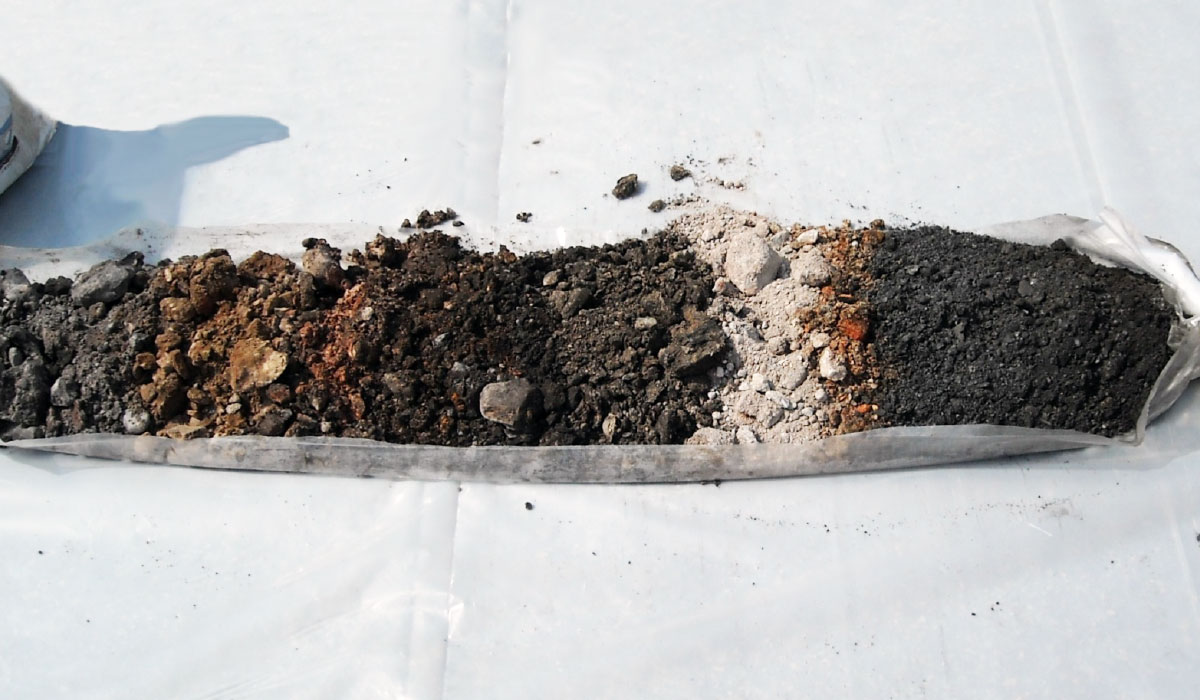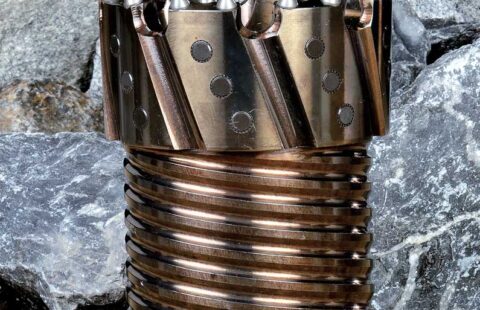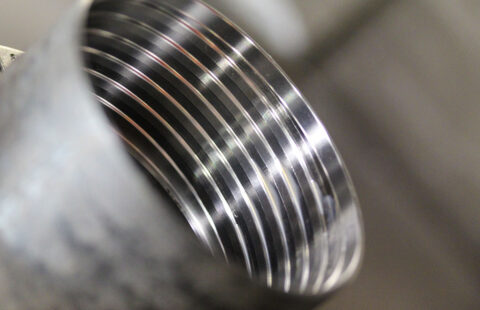
Sonic drilling: A sound solution for frustrating formations
One of the most common challenges in mining is getting a quality core sample from unconsolidated or fragile ground. With sonic technology, mining operations are discovering that they can overcome this challenge, with an accuracy and efficiency that cannot be achieved with conventional drilling techniques.
Sonic drilling utilizes high-frequency, resonant energy to advance a core barrel into subsurface formations. During drilling, the resonant energy is transferred down the drill string to the bit face at various sonic frequencies. The simultaneous rotation of the string evenly distributes the energy and impact at the bit face and enables the string to advance efficiently. Once the sample is contained in the core barrel, an outer casing is drilled over the barrel to the same depth. No fluid or water is necessary. This technique keeps the hole stabilized in formations prone to caving, such as loose or heaving sand, clay, till, gravel, boulders or cobbles.
Sonic drilling offers distinct benefits:
Superior information: Since the sonic cutting action sheers the soil cleanly and no fluid is present to dilute the sample, this method results in a relatively undisturbed sample through any type of soil. You get at or near 100 percent core recovery, continuous to the depth, which means superior subsurface information for decision making.
Speed: The combination of vibration and slow rotation allows the casing to quickly advance through unconsolidated formations, providing a penetration rate up to three times faster than traditional overburden drilling.
Reduced waste: With efficient cutting and no fluid involved, drill spoils and waste are reduced by up to 80 percent compared with conventional drilling.
These advantages give miners more control in planning projects and managing resources. The use of sonic drilling minimizes the risk of a project failing or being delayed due to unknown or difficult subsurface conditions, and decreases overall time and costs. It also lessens the impact to the environment.
Because of these benefits, sonic drilling works well for a variety of mining applications. Drillers can sample unconsolidated ore piles and tabulate reserves from legacy stockpiles, whose medium- to low-grade ores can be efficiently processed today. They can also study leaching effectiveness, pinpointing dry zones and optimizing the leaching process of desired minerals.
These features also make sonic rigs ideal for shallow drilling in overburden or precollaring before a conventional drill takes over to drill deeper into bedrock.
Sonic drilling is well suited for geotechnical studies for mine construction and other building projects. Additionally, because some sonic rigs are smaller and have very low ground pressure, they can operate successfully in environmentally sensitive areas; for example, they can drill without ruining asphalt or landscaped areas or sinking into marshy, swampy land.
While sonic drilling has been employed by the mining industry in the United States since the late 1980s, it is still an emerging technology in many countries. Boart Longyear has been a forerunner in sonic technology and has the world’s largest selection of advanced sonic rigs and highly trained drillers. Time and again we’ve experienced the exceptional subsurface information and other benefits this specialized technology can offer drillers, especially in the difficult formations that often frustrate the search for minerals.
Source : www.boartlongyear.com





